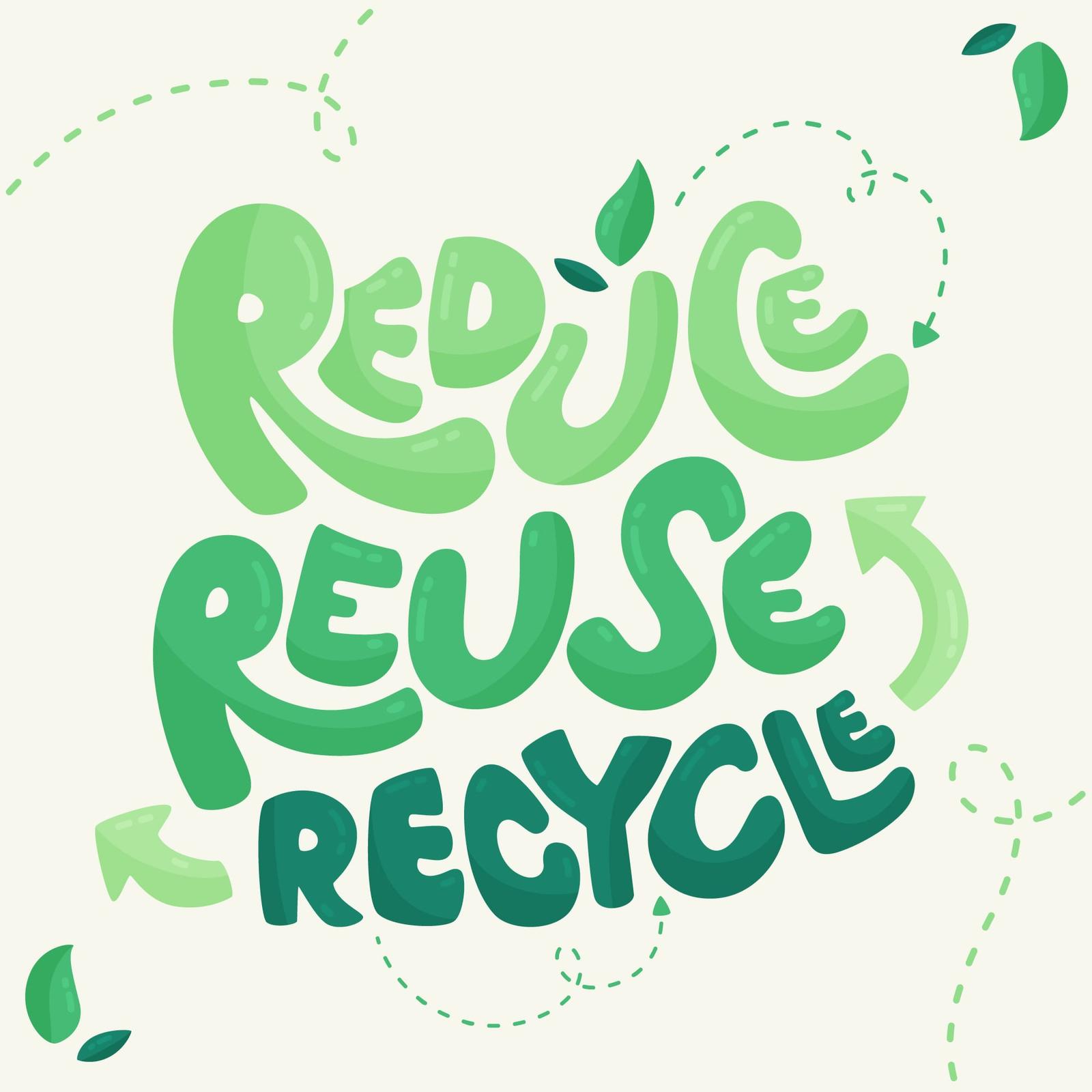Red Wine Foaming Face Wash
₹60.0
| Packaging Size |
150ml, 500ml, 1000ml
|
| Brand |
Your Brand
|
| Facewash Type |
Foam
|
| Fragrance |
Red Wine
|
| Shelf Life |
36 Months
|
| Product Code |
3304
|
| Foam |
Yes
|
| Manufactured By |
Janki Herbals Pvt. Ltd.
|
| Item Name |
Red Wine Foaming Face Wash
|
| Suitable For |
All Skin Types
|
| Flavour Base |
Red Wine
|
| Skin Type |
All Skin Types
|
| Packaging Type |
Plastic Bottle
|
| Gender |
Unisex
|
| Ingredient |
Herbal
|
| Usage/Application |
Skin Care
|
| Country of Origin |
Made in India
|
| Packaging Size |
150ml, 500ml, 1000ml
|
| Brand |
Your Brand
|
| Facewash Type |
Foam
|
| Fragrance |
Red Wine
|
| Shelf Life |
36 Months
|
| Product Code |
3304
|
| Foam |
Yes
|
| Manufactured By |
Janki Herbals Pvt. Ltd.
|
| Item Name |
Red Wine Foaming Face Wash
|
| Suitable For |
All Skin Types
|
| Flavour Base |
Red Wine
|
| Skin Type |
All Skin Types
|
| Packaging Type |
Plastic Bottle
|
| Gender |
Unisex
|
| Ingredient |
Herbal
|
| Usage/Application |
Skin Care
|
| Country of Origin |
Made in India
|
You must be logged in to post a review.
Q & A
Sustainability Scientific Report: Red Wine Foaming Face Wash
1. Abstract
This report assesses the environmental and sustainability aspects of a Red Wine Foaming Face Wash product. By analyzing ingredients, packaging, production, carbon footprint, and biodegradability, we evaluate the product's sustainability profile. We use life cycle assessment (LCA) methodology to calculate key sustainability metrics such as carbon footprint, water usage, and biodegradability scores.
2. Introduction
Red wine, rich in resveratrol and polyphenols, is increasingly incorporated into cosmetics for its antioxidant and anti-aging properties. The formulation of a foaming face wash with red wine requires an evaluation of raw material sourcing, manufacturing processes, and end-of-life disposal to ensure sustainability.
3. Ingredients and Composition
| Ingredient | Function | Source Type |
|---|---|---|
| Red Wine Extract | Antioxidant, active | Natural (grape) |
| Coco Glucoside | Surfactant | Plant-based |
| Glycerin (Vegetable) | Humectant | Plant-based |
| Sodium Benzoate | Preservative | Synthetic |
| Citric Acid | pH Adjuster | Natural/Synthetic |
| Aqua (Water) | Solvent | N/A |
4. Life Cycle Assessment (LCA)
4.1 Carbon Footprint Estimation (per 100 mL unit)
| Process | Emission Factor (kg CO₂-eq) | Quantity Used | Total Emission (kg CO₂-eq) |
|---|---|---|---|
| Red Wine Extract (10 mL) | 1.7 per kg | 0.01 kg | 0.017 |
| Glycerin | 3.2 per kg | 0.02 kg | 0.064 |
| Coco Glucoside | 1.9 per kg | 0.03 kg | 0.057 |
| Sodium Benzoate | 2.4 per kg | 0.001 kg | 0.0024 |
| Packaging (PET Bottle) | 2.6 per unit | 1 unit | 2.6 |
| Water | ~0.0003 per L | 0.06 L | 0.000018 |
| Total CO₂ Emissions | 2.7404 kg CO₂-eq |
4.2 Water Usage Estimation (Water Footprint)
| Process | Water Use (L/kg) | Qty Used | Total Water Use (L) |
|---|---|---|---|
| Red Wine (grape) | 870 L/kg | 0.01 kg | 8.7 |
| Glycerin | 1000 L/kg | 0.02 kg | 20 |
| Packaging (PET) | 9.5 L/unit | 1 | 9.5 |
| Total Water Use | 38.2 L |
5. Biodegradability and Eco-Toxicity
Biodegradability Score (OECD 301 Guidelines):
| Ingredient | Biodegradability | Time Frame |
|---|---|---|
| Red Wine Extract | Readily biodegradable | <28 days |
| Coco Glucoside | Readily biodegradable | <28 days |
| Glycerin | Readily biodegradable | <14 days |
| Sodium Benzoate | Moderately biodegradable | 10–30 days |
| PET Plastic | Non-biodegradable | >100 years |
6. Packaging Analysis
-
Material: PET plastic, recyclable
-
Carbon Footprint: 2.6 kg CO₂-eq per 100 mL unit
-
Alternative: Glass or bio-based plastic reduces fossil fuel use but increases transport emissions due to weight
7. Circular Economy Potential
-
Recyclability: PET packaging is widely recyclable
-
Refill Option: Introducing refill pouches can reduce plastic by up to 70%
-
Upcycling Wine Waste: Sourcing red wine extract from wine industry by-products (e.g., pomace) increases circularity
8. Sustainability Improvements & Recommendations
| Aspect | Current Status | Recommended Change | Benefit |
|---|---|---|---|
| Packaging | PET Plastic | Refillable pouches or bio-PET | Reduces emissions and waste |
| Preservative | Sodium Benzoate | Use Leuconostoc/Radish Root Ferment | Natural and biodegradable |
| Ingredient Sourcing | Conventional | Organic & local grape sourcing | Reduces transport emissions |
9. Scientific References
-
ISO 14040:2006 – Environmental management — Life cycle assessment — Principles and framework.
-
Hardin, B.D. et al. (1997). Environmental Fate and Effects of Glycerol. Journal of Toxicology and Environmental Health.
-
ECOSAR Database (EPA) – Estimation of chemical eco-toxicity.
-
Ecoinvent Database (v3.8) – Lifecycle inventory for raw materials.
-
International Journal of Cosmetic Science. (2019). Natural ingredients and their environmental profiles.
-
Sillanpää, M., & Ncibi, M. C. (2019). Sustainable Green Chemical Processes and their Applications.
-
Wine Institute, CA – Water Use in Vineyards and Wineries (2021).
-
OECD Guidelines for Testing of Chemicals (301): Ready Biodegradability.
10. Conclusion
The Red Wine Foaming Face Wash can be sustainable if formulated with natural, biodegradable ingredients and packaged using low-impact materials. Life Cycle Assessment shows PET packaging as a major contributor to carbon emissions. Switching to refillable packaging and utilizing wine industry by-products for extracts can significantly improve its sustainability score.
General Inquiries
There are no inquiries yet.






Reviews
There are no reviews yet.